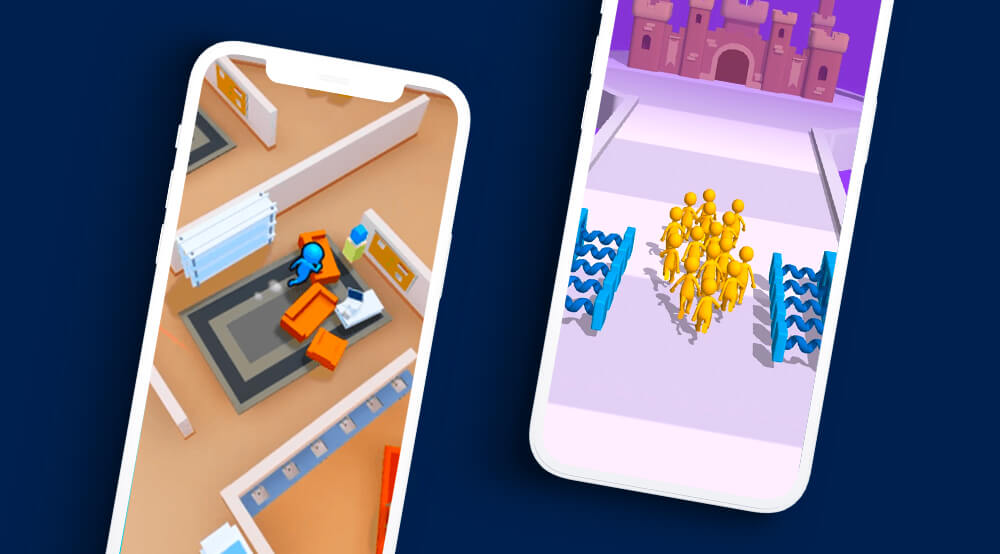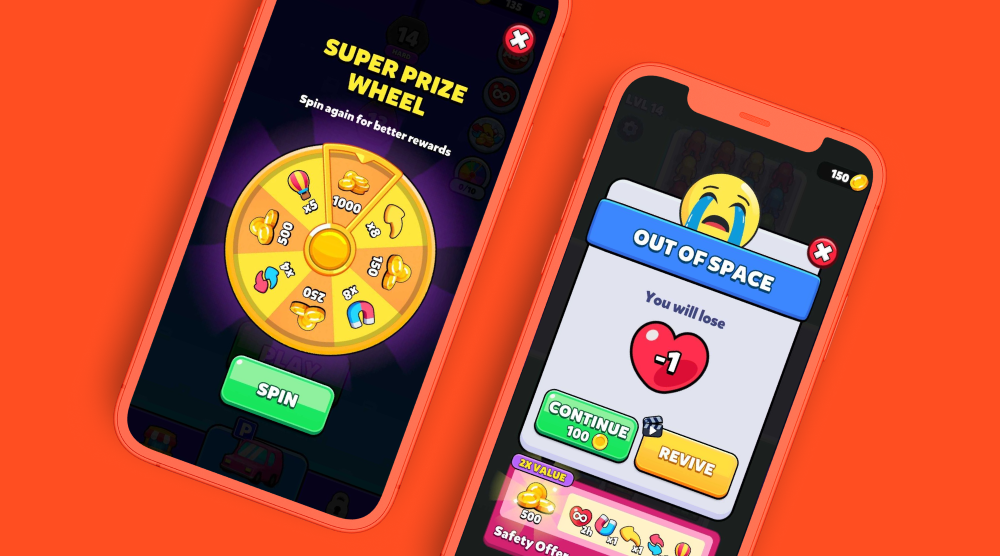Runners are holding strong and growing in popularity. While other hyper-casual genres rise then fall in the charts, runners continue to maintain top spots. Looking at SensorTower for the three months spanning April to June, at least 4 of the top 20 hyper-casual games were runners, and they’re staying in the charts longer than other trending genres like puzzle and simulation.
Suren Melkonyan, Game Designer at Supersonic, explains why runner games are enjoying such sustained success and gives his tips for how hyper-casual game developers can leverage the lessons learned from these chart-topping hits. Follow along and take a deep dive into the runner trend, plus explore ways to level up your own game.
The appeal of the runner
Diving into the “why” behind the rise and continued popularity of runners requires first understanding how users interact with hyper-casual games - when they play, for how long, and why.
Runners are the ultimate hyper-casual game
Most users play hyper-casual games for 2-3 minutes when they have free time - in fact, the average user session length across all hyper-casual genres is 2 minutes and 39 seconds. Often, users are looking to spend those two and a half minutes on something relaxing that eases their mind - for example, if a user has a five minute break in the office, they may open their phones and start playing a hyper-casual game.
Knowing that many users play for only a short amount of time and when they’re looking for something satisfying, hyper-casual games should be easy and accessible. Runners are the ultimate hyper-casual game because they’re easy and forgiving while feeling (when executed properly) engaging and dynamic.
Let’s now explore how runners have evolved to maintain their momentum in the top charts.
Emergence of more runner sub-genres attracts a broader user base
There are now more sub-genres within runners like ASMR, decision-making, and gain and lose that help these games appeal to more users. If, for example, you combine a runner mechanic and an ASMR concept into your game, you’d be able to attract players who like runner games and those who are fans of ASMR - giving you the opportunity to achieve greater scale. While other genres in the top charts like puzzle and simulation have sub-genres, they don’t have as many as runner games.
Tips to improve your runner game
The top runners share certain traits that our team shares with developers to help improve their games. Let’s take a look:
1. Lower the difficulty of your levels
Hyper-casual users want quick, accessible games - with only 2.5 minutes to play, your runner game’s levels need to be easy enough to engage and retain them. Many developers don’t realize how difficult their game actually is until it’s in the hands of players. Don’t wait that long - before it gets there, try having people outside your organization play your runner and get their feedback.
2. Make levels shorter
This tip follows the same idea as level difficulty - the purpose of making your runner game’s levels shorter is to engage users as quickly as possible and keep them playing. Players will likely leave your game if the level is taking too long to complete, because they’re not getting that sense of satisfaction or reward.
When we were publishing Hide ‘N Seek, we suggested to Seenax that they cut level duration from 2 minutes to 1 minute. Along with other game tweaks, this improved playtime 33% and boosted D1 retention to 48%.

3. Use optimistic, bright colors
We’ve seen that darker colors in gameplay and creatives tend to yield higher CPI and lower in-game metrics for runner games. Try using bright, bold colors instead - they feel optimistic, fun, and engaging while also making gameplay more visible and understandable. Don’t go overboard, though - flooding users with too many colors will overwhelm them.
For our hit game Stacky Dash, we changed the color of the environment in the game and in our creatives. Our top creative swapped a pale green background for a bright pink layout, which helped lower CPI from $0.40 to $0.25 on Facebook.
4. Apply what’s trending
Take a tip from some of the successful runner sub-genres and apply trends from outlets like social media and other top games in the charts. That’s how runners with an ASMR theme emerged - they got inspired by the YouTube ASMR videos that went viral this year.
You can incorporate industry and social trends just in your creatives, too.
What the future holds
Because runners are evolving with the market, it’s likely that they’ll continue to dominate the charts. We’re big believers in the fact that this genre is here to stay as users continue to seek out easy, engaging, and highly snackable games.
Think you know what the next trend in runners will be? Let us know your prediction by tagging us on LinkedIn or Twitter.
Let's put these tips to good use
Publish your game with Supersonic


